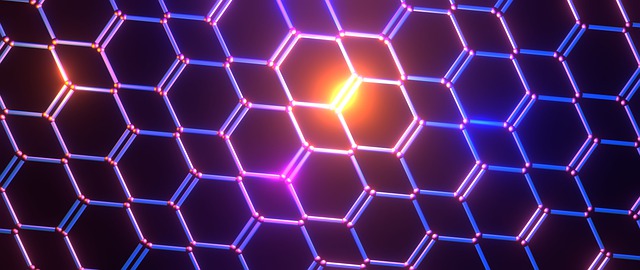Nanotechnology: The Future of Plastics. When it comes to innovation in plastics development and waste management, flashy developments in 3D printing and smart recycling tend to get much of the attention.
However, it’s important to remember the little things barely seen by the naked eye are driving innovation behind the scenes.
Nanotechnology: The Future of Plastics
Nanotechnology—the manipulation of matter on a near-atomic scale to produce new structures, materials and devices—can be used during recycling processes to manipulate and work with plastics at the nanoscale.
In this application, nanotechnology breaks materials down into individual atoms and molecules to reinforce, improve or repurpose plastic polymers.
By breaking plastics down to their core building blocks, and improving them at the “nanoscale layer,” nanotechnology improves plastics’ physical properties and expands the opportunities for recycling and reuse within the circular economy.
Nanotechnology expands the potential of the circular economy
Maintaining the integrity of plastic polymers’ basic building blocks throughout the recycling process is essential when creating new products from post-consumer recycled plastics.
Nanostructure technologies, a type of nanotechnology, do just that by modifying polymer substances of post-consumer plastics during the recycling process.
By altering the structural makeup, these technologies can make plastics even more durable and crack resistant, increase thermal stability and make naturally insulating plastics electroconductive.
With improved physical qualities at the nano-level, new plastic products are less likely to break, can remain functional in high-heat environments and due to their unique properties, be used in highly technical fields like power transmission and other industries.
Through these benefits, nanotechnology reinforces plastic to ensure it can be continually repurposed as new goods, and opens the door to even newer uses for recycled plastics.
Recent breakthroughs in nanotechnology provide a preview of future opportunities in material research.
Ongoing efforts focused on improving recycling can also work in tandem with investments into recycling systems.
Across the United States the plastics industry and government are currently investing in new technologies within recycling programs to streamline material collection, sorting and cleaning, as well as find circular markets for recycled content.
Nanotechnologies are the perfect complement to these efforts.
In 2020, researchers at Rice University created a new nanotechnology process that converts plastic waste into two outputs: graphene, a molecular compound used to enhance electronics, composites and concrete; and hydrogen, a clean fuel.
While this new discovery is still under development, graphene’s longstanding demand across industries would make it an economically beneficial output for state and local governments, as it can be sold to generate significant revenue.
Additionally, the plastics-to-graphene conversion is more cost effective as the materials do not need to be cleaned or sorted prior to processing.
This enables more products to be recycled by streamlining the collection and handling of recyclables.
Microplastics reduce plastic waste by requiring solutions at scale
In addition to supporting product circularity, nanotechnologies play a vital role in the plastics industry’s work to reduce microplastics and other plastic waste in the environment and waterways.
Nanotechnologies operate at an even smaller scale than microplastics, allowing them to address the material differently, on the molecular level.
Researchers in Australia have created nanocoils—reusable, nano-sized reactors made up of carbon nanotubes and metal half the width of a human hair—that when exposed to microplastics cause a chemical reaction that breaks microplastics down into molecular components.
The resulting material no longer contains plastic, but rather, just carbon dioxide and water.
The nano-scale carbon-based molecular components can be used as a food source for plant life like algae and have been found to improve plant growth in the observed environment during initial testing.
This innovative approach converts microplastics into helpful nutrients by breaking them down to their core components before they reach the environment.
Czech researchers are also deploying nanotechnology to combat microplastics and are testing solar-powered microbots that use nanotechnology to capture and degrade the material.
Polylactic acid and polycaprolactone reactants create a photocatalytic degradation procedure that breaks microplastics into their base components—carbon dioxide and water—to ensure they cannot harm marine life.
These self-propelled microbots present a key avenue for addressing microplastics in hard-to-reach areas, and their use of solar energy requires minimal maintenance.
Unlike larger technologies that cannot physically reach all microplastics, nanotechnologies’ small-scale enables them to replicate microplastic distribution patterns and target microplastics more effectively addressing waste concerns.
The plastics industry is constantly innovating and investing in opportunities to improve the circular economy and reduce plastic pollution through improved products, innovative collection and recycling processes and new markets for recycled content.
Nanotechnologies assist in those efforts across the board. From improving the structure of plastic polymers during recycling, to efficient processes that create new products and markets, and even breaking microplastics down to beneficial molecules, nanotechnologies are tiny innovations that make a big impact.
Related Guides

